Exploring the Hidden Trails of the United States’ Glacier National Park
Embark on an exciting journey through the hidden trails of Glacier National Park, a gem nestled in the heart of the United States. As you lace up your hiking boots and set out to explore this natural wonder, you'll uncover a world of adventure, beauty, and discovery waiting around every corner.
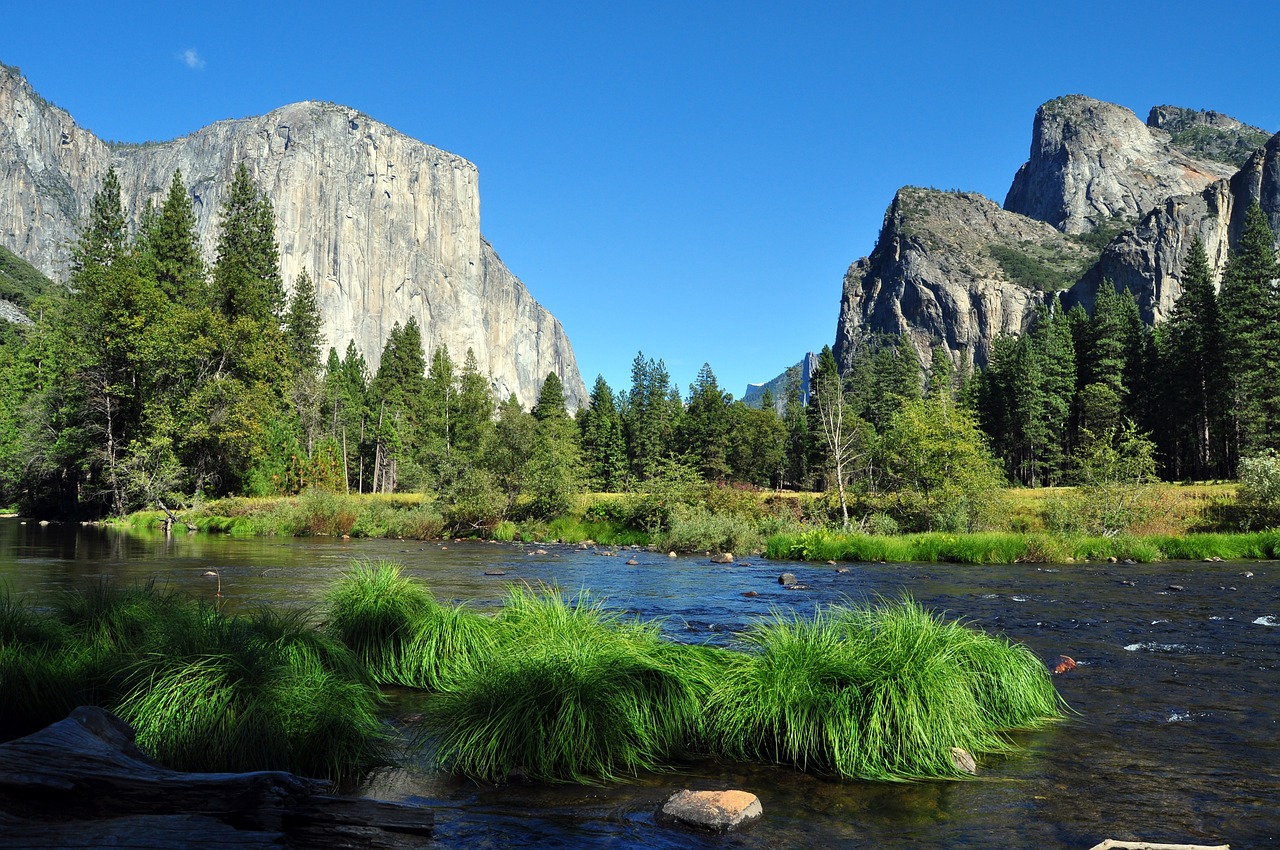
History and Formation of Glacier National Park
The history and formation of Glacier National Park are rooted in a fascinating tale of preservation and natural wonders. Established in 1910, the park was originally inhabited by Indigenous peoples who revered the land for its beauty and resources. However, the park's true recognition came with the efforts of conservationists and visionaries who saw the need to protect this pristine wilderness from exploitation and development.
One of the key figures in the creation of the park was George Bird Grinnell, a naturalist and explorer who advocated for the preservation of the region's unique ecosystems. Through his lobbying and the support of like-minded individuals, Glacier National Park was officially designated, becoming the 10th national park in the United States.
The park's formation was also influenced by the construction of the Great Northern Railway, which played a significant role in opening up the area to visitors and tourists. This development led to increased interest in the region's natural beauty, further highlighting the need to protect it for future generations to enjoy.
Over the years, Glacier National Park has faced challenges such as climate change, wildfires, and human impact, but ongoing conservation efforts continue to safeguard this ecological gem. By delving into the history of the park, we gain a deeper appreciation for the foresight and dedication of those who worked tirelessly to ensure its preservation.
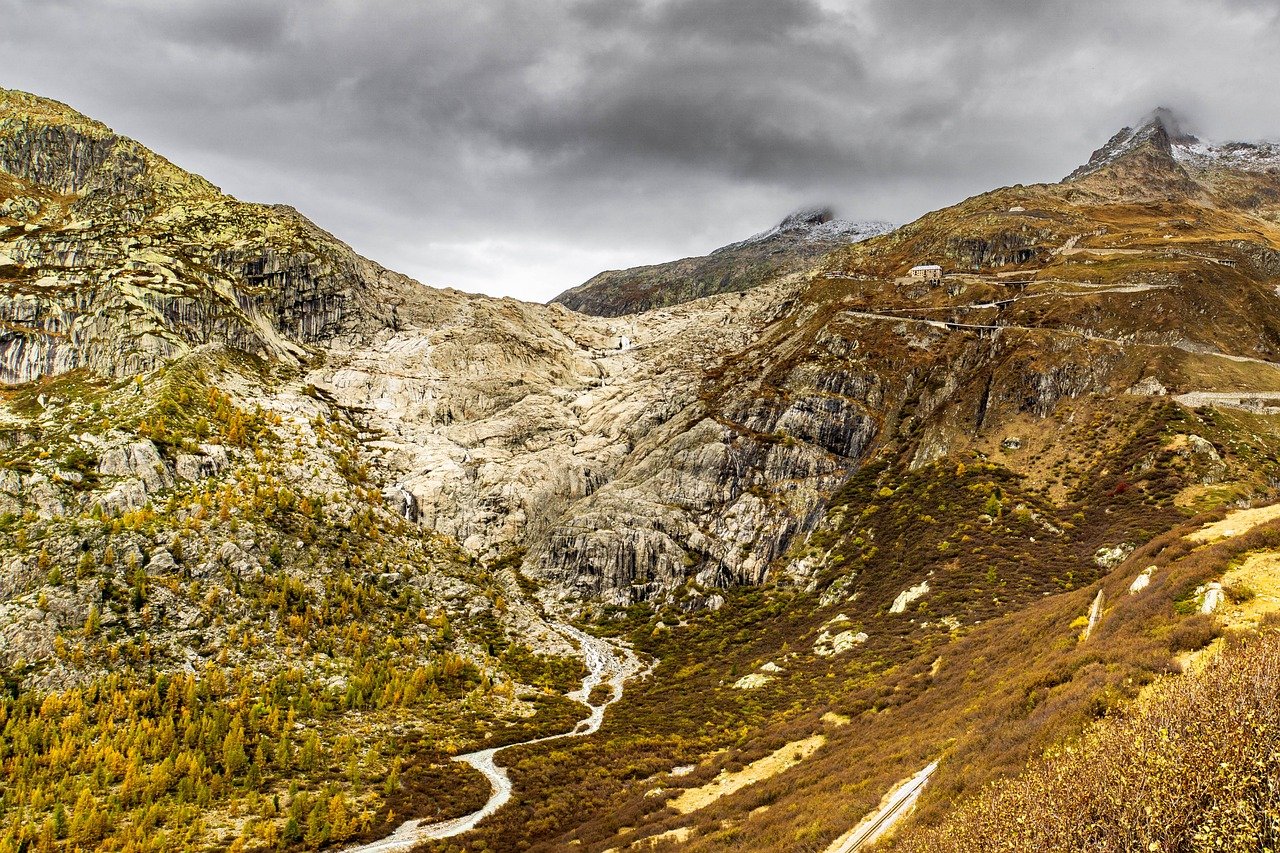
Unique Flora and Fauna of Glacier National Park
Glacier National Park is home to a remarkable array of unique flora and fauna, adding to its allure as a natural paradise. The park's diverse ecosystems support a wide variety of plant and animal species, each playing a crucial role in maintaining the delicate balance of this pristine environment.
One of the most iconic plant species found in Glacier National Park is the subalpine fir, known for its resilience in harsh mountain climates. The park is also home to vibrant wildflowers such as beargrass and glacier lilies, painting the landscape with bursts of color during the summer months.
When it comes to fauna, Glacier National Park boasts an impressive array of wildlife. From majestic elk and mountain goats to elusive lynx and wolverines, the park offers a glimpse into the lives of these fascinating creatures. Birdwatchers can delight in spotting species like bald eagles and peregrine falcons soaring through the skies.
Moreover, the park is a haven for rare and endangered species, including the grizzly bear and the Canadian lynx. These elusive animals serve as a reminder of the importance of conservation efforts in preserving their habitats and ensuring their survival for future generations.

Scenic Beauty of Glacier National Park
When it comes to scenic beauty, Glacier National Park is truly a gem waiting to be explored. Picture-perfect landscapes, towering mountains, crystal-clear lakes, and awe-inspiring vistas await visitors at every turn. The park's beauty is a testament to the wonders of nature, showcasing the raw power and majesty of the wilderness.
One of the most iconic features of Glacier National Park is its majestic mountains, which stand tall and proud, dominating the skyline. The rugged peaks, adorned with snow-capped summits, create a dramatic backdrop against the vivid blue sky. Hiking through the park, you'll be surrounded by these towering giants, making you feel small in comparison to their grandeur.
The pristine lakes of Glacier National Park are like mirrors reflecting the beauty of the surrounding landscape. From the tranquil waters of Lake McDonald to the emerald hues of Grinnell Lake, each body of water offers a unique and breathtaking sight. The stillness of the lakes, disturbed only by the occasional ripple or the call of a loon, adds to the park's serene atmosphere.
As you traverse the park's trails, you'll be treated to stunning vistas that seem to stretch on forever. Whether you're gazing out at the sweeping valleys below or admiring the colorful wildflowers that dot the meadows, every view is a feast for the eyes. The ever-changing light plays tricks on the landscape, creating a dynamic and mesmerizing visual experience.
Glacier National Park is a photographer's paradise, offering endless opportunities to capture the beauty of nature in all its glory. From sunrise to sunset, the play of light and shadow transforms the scenery, creating a canvas of colors that are nothing short of spectacular. Whether you're an amateur photographer or a seasoned pro, the park's scenic beauty will inspire and captivate you.
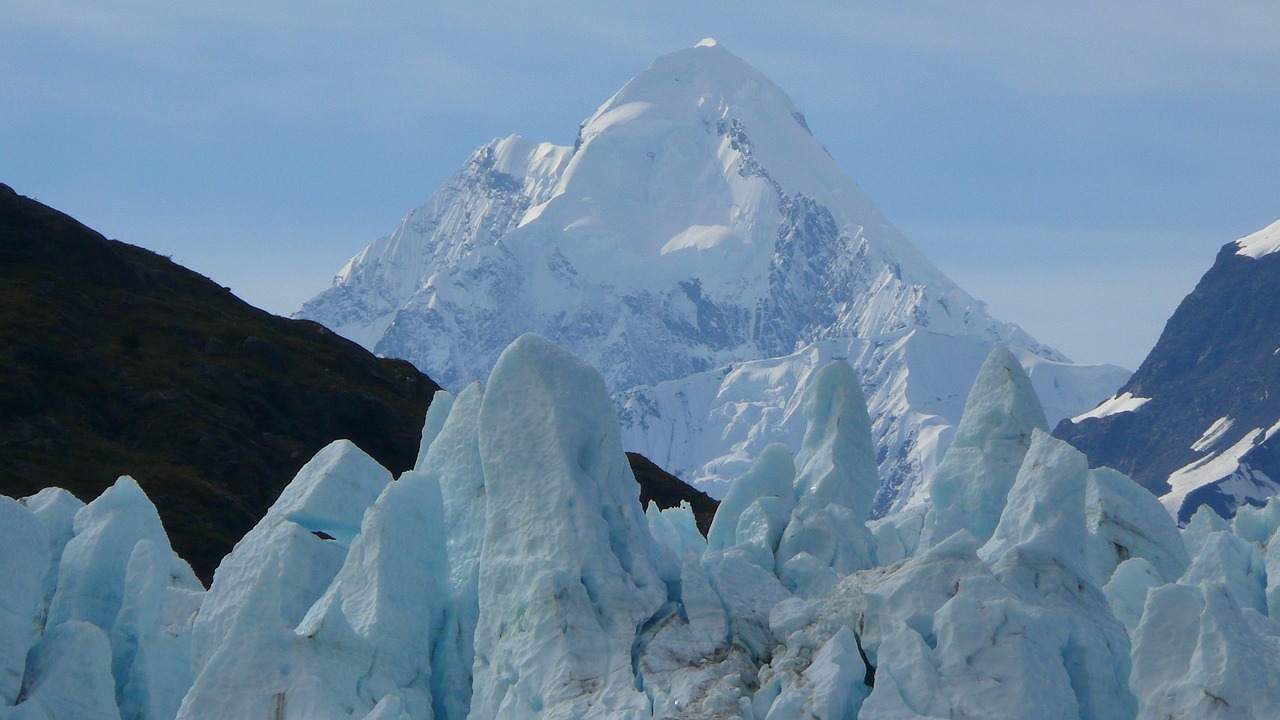
Popular Hiking Trails in Glacier National Park
When it comes to exploring the hidden gems of Glacier National Park, avid hikers are in for a treat with a plethora of popular hiking trails that offer a mix of challenge and reward. From leisurely strolls through lush meadows to strenuous treks up rugged peaks, there's a trail for every adventurer's preference and skill level.
One of the most iconic trails in Glacier National Park is the Highline Trail, known for its jaw-dropping views of the Continental Divide and the Garden Wall. This 11.8-mile trail takes hikers along the edge of the mountains, offering panoramic vistas of the alpine landscape and the chance to spot wildlife such as mountain goats and bighorn sheep.
For those seeking a more moderate hike with stunning lake views, the Avalanche Lake Trail is a must-visit. This 4.6-mile round trip trail meanders through old-growth forests and alongside crystal-clear streams before culminating at the tranquil Avalanche Lake, surrounded by towering cliffs and waterfalls.
If you're up for a challenge and want to conquer one of the park's highest peaks, the Grinnell Glacier Trail is a popular choice. This 10.3-mile trek leads hikers through alpine meadows, past turquoise glacial lakes, and up to the breathtaking Grinnell Glacier overlook, where you can witness the raw beauty of the receding glacier.
Another favorite among visitors is the Hidden Lake Trail, a 5.4-mile round trip hike that offers stunning views of Hidden Lake and the surrounding peaks. This trail is known for its abundance of wildflowers in the summer months and the chance to encounter mountain goats up close along the way.
For those looking for a family-friendly hike with a bit of history, the Trail of the Cedars is a short and accessible option that winds through a lush forest of ancient cedar trees. This easy 1-mile loop trail is wheelchair and stroller-friendly, making it ideal for visitors of all ages to experience the park's natural beauty.
Whether you're an experienced hiker seeking a challenging adventure or a casual explorer looking for a leisurely stroll, Glacier National Park offers a diverse range of hiking trails that showcase the park's stunning landscapes and abundant wildlife. Lace up your boots, pack your camera, and get ready to embark on an unforgettable journey through this pristine wilderness.
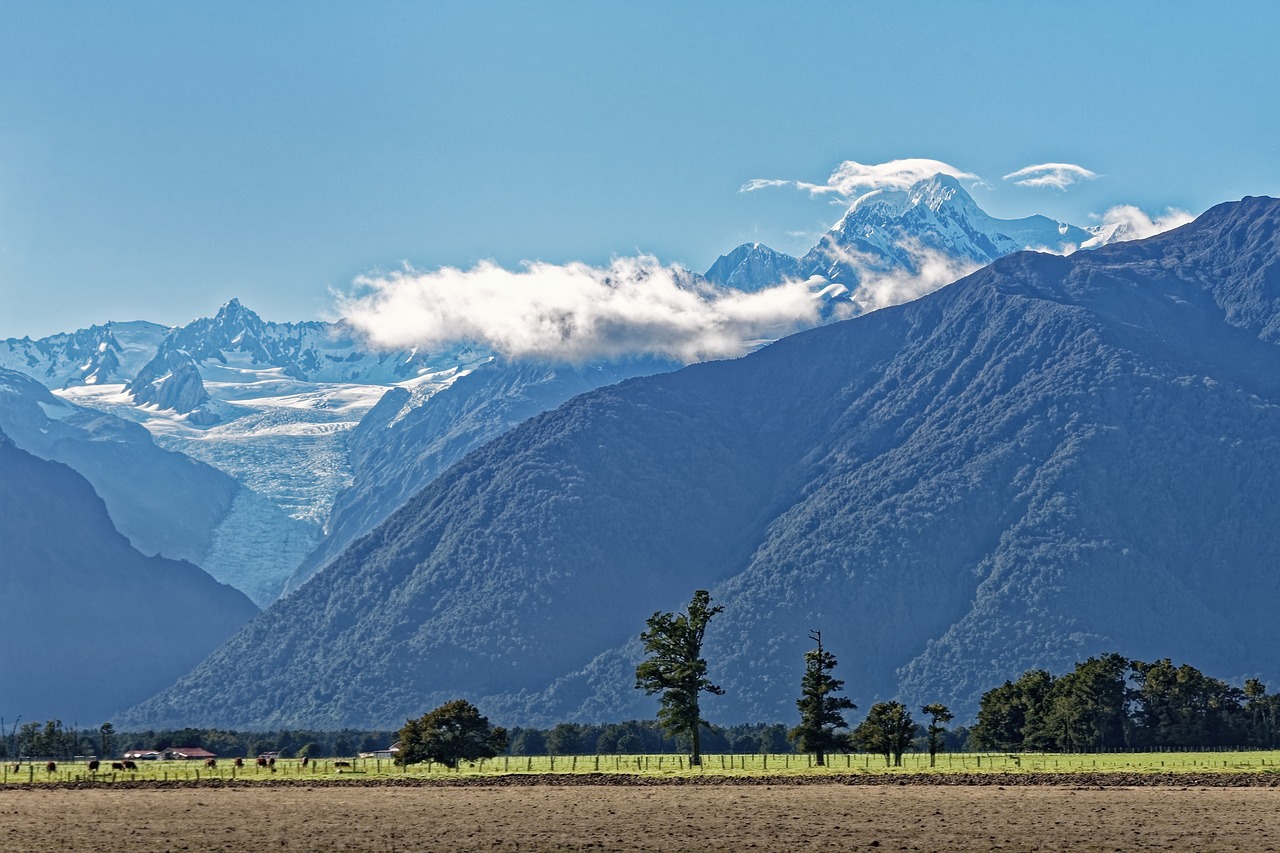
Wildlife Viewing Opportunities in Glacier National Park
When it comes to wildlife viewing, Glacier National Park offers a truly remarkable experience for nature enthusiasts and animal lovers alike. The park is home to a diverse array of wildlife species, ranging from iconic predators to elusive mountain goats. Visitors have the opportunity to witness these magnificent creatures in their natural habitat, providing a unique and unforgettable glimpse into the wonders of the animal kingdom.
One of the most sought-after sightings in Glacier National Park is the majestic grizzly bear. These powerful creatures can often be spotted foraging for food in the park's meadows and forests, especially during the early morning or late evening hours. While observing grizzly bears from a safe distance is a thrilling experience, it is essential to follow park guidelines and maintain a respectful distance to ensure the safety of both visitors and the bears themselves.
For those interested in observing bighorn sheep, the park's rugged terrain provides an ideal habitat for these agile climbers. Keep an eye out for these impressive animals scaling the steep cliffs and rocky outcrops, showcasing their remarkable agility and sure-footedness. With their distinctive curved horns and keen eyesight, bighorn sheep are a sight to behold against the backdrop of Glacier National Park's stunning landscapes.
Additionally, visitors may encounter mountain goats during their explorations of the park's high-altitude regions. These sure-footed animals are well adapted to the rocky terrain and can often be seen traversing the steep slopes with ease. With their shaggy white coats and impressive horns, mountain goats add a touch of wilderness charm to the park's already picturesque scenery.
Whether you're an avid wildlife enthusiast or simply appreciate the beauty of nature, Glacier National Park offers a wealth of opportunities to observe and appreciate the diverse wildlife that calls this pristine wilderness home. From grizzly bears and bighorn sheep to mountain goats and more, the park's wildlife viewing opportunities are sure to leave a lasting impression on all who visit.
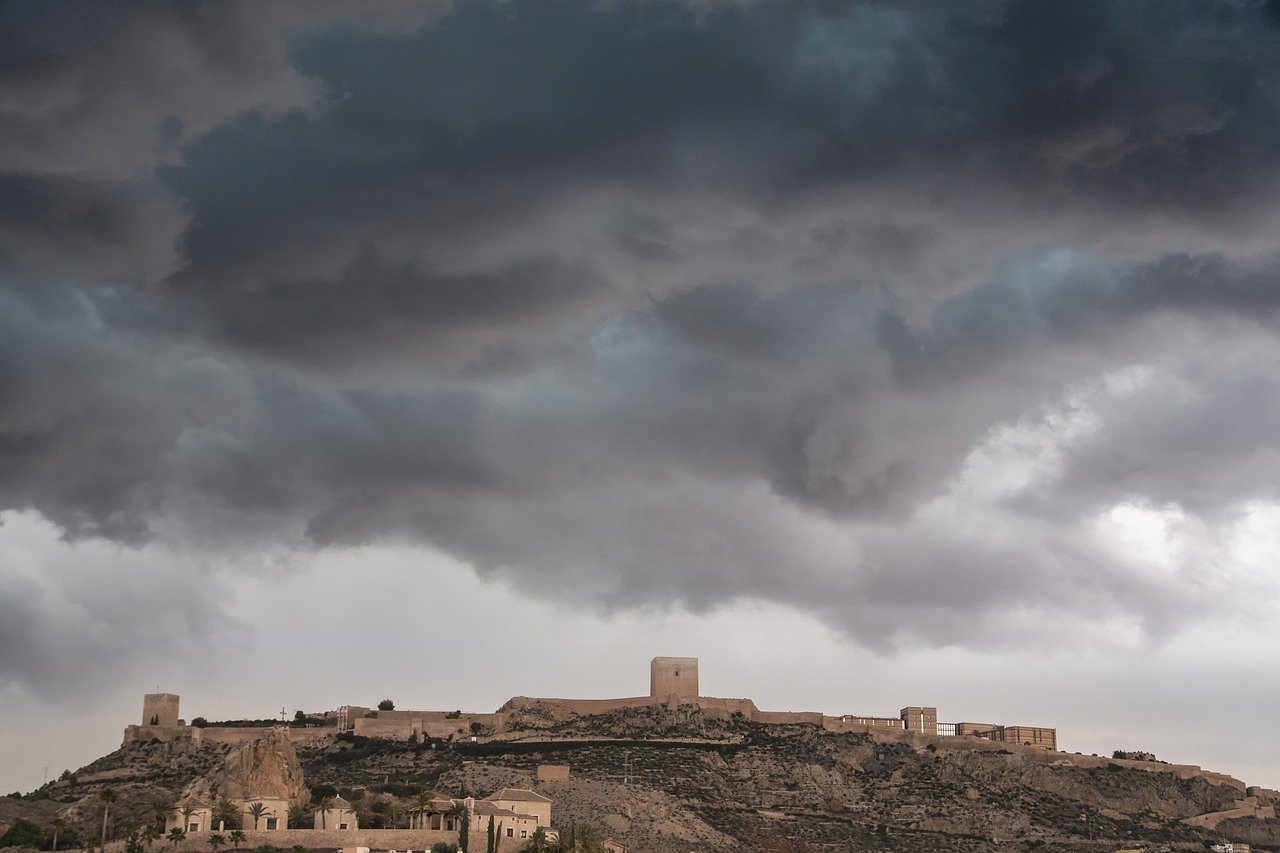
Climate and Weather Patterns in Glacier National Park
When it comes to exploring Glacier National Park, understanding the climate and weather patterns is crucial for planning a successful and enjoyable visit. Situated in the northern Rocky Mountains, the park experiences a diverse range of weather conditions throughout the year, offering visitors a unique experience with each season.
The summer months, from June to September, bring warm temperatures and clear skies, making it the peak tourist season. Hikers and outdoor enthusiasts flock to the park during this time to take advantage of the long daylight hours and pleasant weather. However, it's essential to be prepared for sudden changes in weather, including afternoon thunderstorms that can roll in unexpectedly.
As autumn sets in, the park transforms into a golden wonderland, with vibrant fall foliage painting the landscape. The temperatures start to drop, and visitors can witness the stunning display of colors as they explore the hiking trails and scenic overlooks. It's a magical time to visit, offering a quieter and more serene experience compared to the busy summer months.
Winter in Glacier National Park is a true winter wonderland, with snow-covered peaks, frozen lakes, and a peaceful atmosphere that envelops the park. The Going-to-the-Sun Road, a highlight of the park, is closed during this time, but visitors can still enjoy cross-country skiing, snowshoeing, and snowmobiling in designated areas. The park takes on a different kind of beauty in winter, attracting those seeking a tranquil and snowy escape.
Spring brings a sense of renewal to Glacier National Park, with melting snow giving way to lush greenery and blooming wildflowers. The park slowly comes back to life as wildlife emerges from hibernation, and the rushing rivers and waterfalls reach their peak flow. It's a time of transition, with fluctuating weather patterns and the possibility of encountering lingering snow at higher elevations.
Overall, Glacier National Park offers a dynamic climate that adds to its allure, providing visitors with a varied and ever-changing landscape to explore throughout the year. Whether you prefer the warm days of summer, the colorful palette of fall, the snowy silence of winter, or the vibrant awakening of spring, each season in the park has something unique to offer.
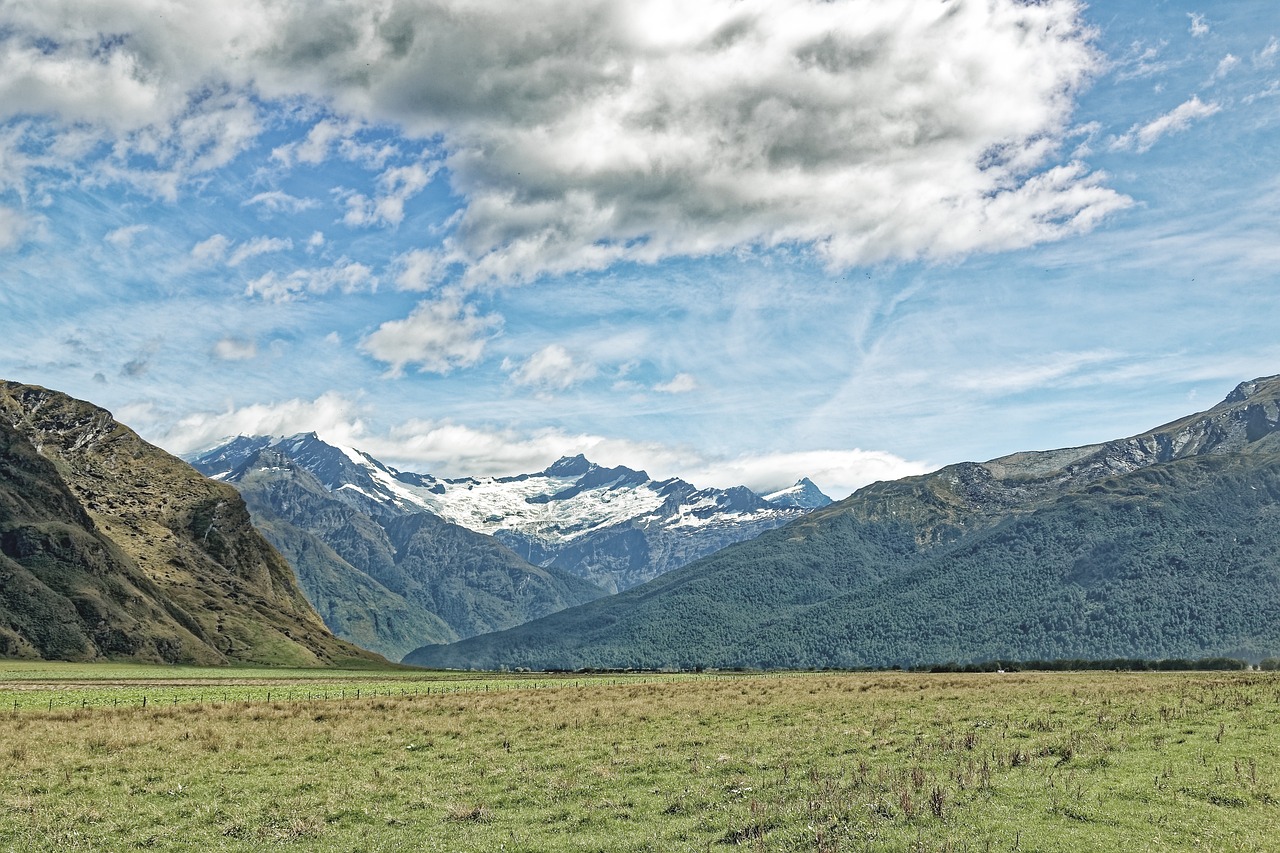
Conservation Efforts and Challenges in Glacier National Park
Conservation efforts in Glacier National Park are paramount to preserving its natural beauty and ecological balance. The park is home to a diverse array of plant and animal species, some of which are considered threatened or endangered. Various initiatives have been implemented to protect and restore the park's delicate ecosystem, including habitat restoration projects, wildlife monitoring programs, and invasive species management.
Challenges facing conservation efforts in Glacier National Park include climate change, habitat fragmentation, and human impact. The changing climate poses a significant threat to the park's glaciers, which are rapidly receding due to rising temperatures. Habitat fragmentation, caused by roads and development, can disrupt wildlife migration patterns and lead to genetic isolation among populations.
To address these challenges, park officials work closely with conservation organizations, researchers, and local communities to develop sustainable management practices. Educational programs and visitor outreach efforts aim to raise awareness about the importance of conservation and encourage responsible behavior while exploring the park.
One of the key conservation projects in Glacier National Park is the restoration of native habitats, such as wetlands and forests, to support biodiversity and ecosystem resilience. By restoring degraded areas and controlling invasive species, park managers strive to maintain the park's ecological integrity for future generations to enjoy.
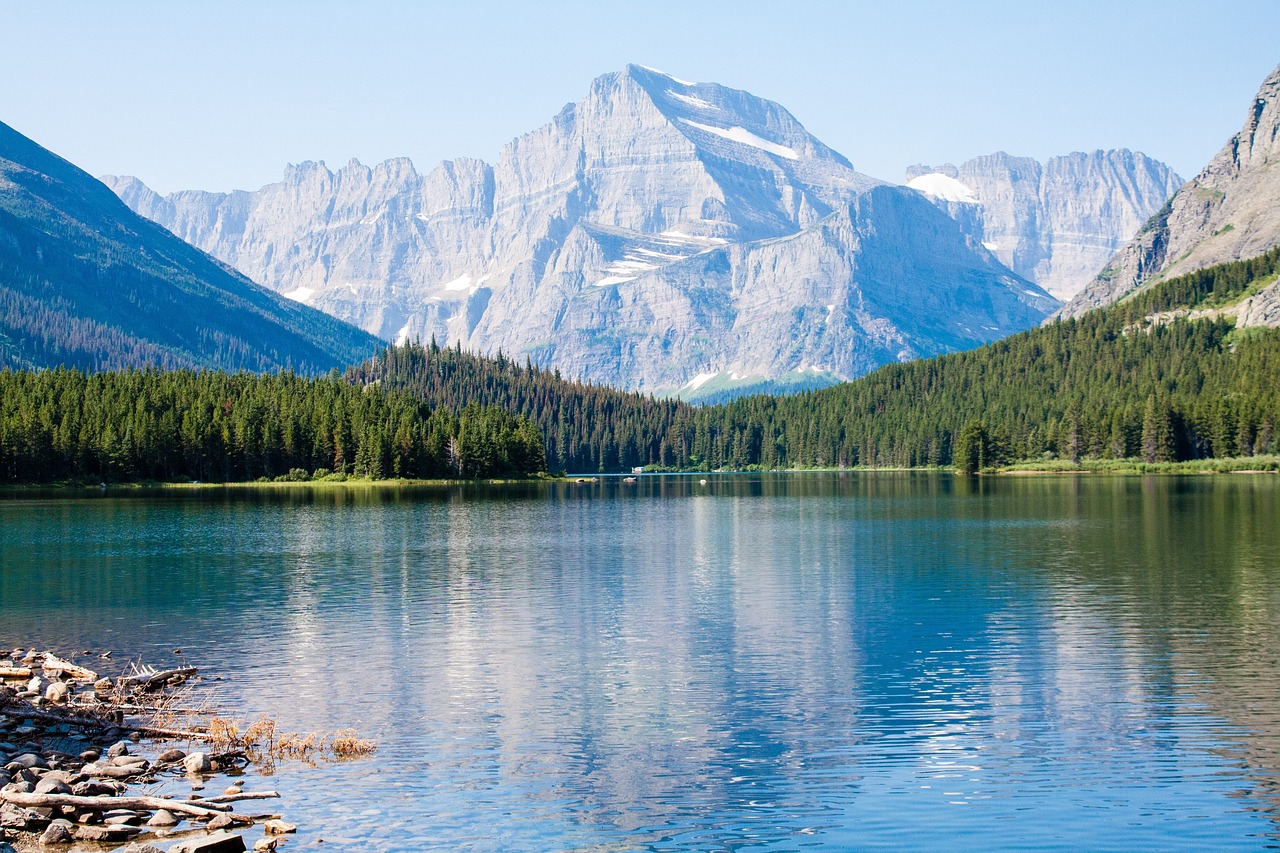
Cultural Significance and Indigenous Heritage of Glacier National Park
The Glacier National Park holds immense cultural significance and boasts a rich Indigenous heritage that dates back centuries. The park's lands have been home to various Indigenous tribes, including the Blackfeet, Salish, Kootenai, and Pend d'Oreille peoples. These tribes have deep-rooted connections to the land, viewing it not just as a place of natural beauty but as a sacred space intertwined with their identities and traditions.
Throughout the park, visitors can discover traces of the Indigenous peoples' presence, from ancient rock art to traditional hunting grounds. These cultural remnants serve as a reminder of the deep history and spiritual connection that Indigenous communities have with the land. The park's landscapes are not just physical entities but living repositories of stories, knowledge, and ancestral wisdom passed down through generations.
Exploring Glacier National Park provides an opportunity to immerse oneself in the cultural tapestry woven by the Indigenous peoples who have inhabited these lands for millennia. Visitors can learn about the traditional practices, ceremonies, and beliefs that have shaped the Indigenous communities and continue to influence their way of life today. By honoring and respecting the Indigenous heritage of the park, visitors can gain a deeper appreciation for the interconnectedness of all living beings and the importance of preserving cultural diversity.
Frequently Asked Questions
- What is the best time of year to visit Glacier National Park?
The best time to visit Glacier National Park is during the summer months, typically from June to September. This is when the weather is most favorable for outdoor activities, the hiking trails are accessible, and the wildlife is more active. However, if you prefer fewer crowds and don't mind cooler temperatures, late spring and early fall can also be great times to explore the park.
- Are there any entrance fees to enter Glacier National Park?
Yes, there is an entrance fee to access Glacier National Park. The fees vary depending on the type of pass you purchase, such as a weekly pass for individuals or an annual pass for frequent visitors. These fees help support the maintenance and conservation efforts within the park, ensuring its natural beauty is preserved for future generations to enjoy.
- What wildlife can be seen in Glacier National Park?
Glacier National Park is home to a diverse array of wildlife, including grizzly bears, mountain goats, bighorn sheep, elk, moose, and various bird species. Visitors have the opportunity to observe these animals in their natural habitat, but it's important to practice safe wildlife viewing habits and maintain a respectful distance to avoid disturbing the animals.
- Are there accommodations available within Glacier National Park?
Yes, there are several lodging options within Glacier National Park, ranging from historic lodges and cozy cabins to campgrounds and backcountry camping sites. It's recommended to make reservations in advance, especially during the peak summer months, to secure your preferred accommodation and make the most of your stay in the park.
- What should I pack for a trip to Glacier National Park?
When preparing for a trip to Glacier National Park, it's essential to pack layers of clothing for varying weather conditions, sturdy hiking shoes, sunscreen, insect repellent, a refillable water bottle, snacks, a first aid kit, and bear spray for safety. Additionally, don't forget your camera to capture the stunning landscapes and wildlife encounters during your visit.



















